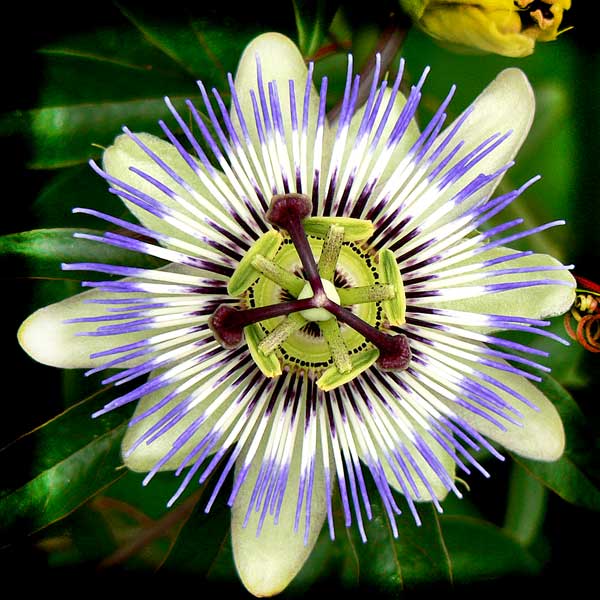Herbal Medicine in Ancient Times
The earliest records of medicine date back to Sumeria. As agrarian society sprang forth, medicine arose out of the quest to seek the diet that is appropriate for the individual. It was found that a diet that was good for one individual caused disease in another. This developed a treatise on ancient medicine stating, “a food which is not well suited to the individual will produce disease, and simply increasing the dose will produce serious disease”. Seeking a diet correct for the individual is a cornerstone of vitalist medicine. Within this framework, herbal medicines that support digestion play an essential role.
In Ancient Egypt, the first complete system of medical care came into being. Egyptian medicine encompassed the principles of diet, botanical medicines, psychiatric care, spiritual practices, along with anatomical knowledge for manual therapies and surgery. It was under the fall of Alexandria when medical knowledge was adopted by the Greeks.
Under Greek Medicine, the system of herbal energetics emerged. Herbal treatments became tailored to the individual’s constitution and condition. The four elements were the template for humoral concepts of hot, cold, moist, and dry. “Corrigents”, meaning correctors, were, and still are, employed as balancing agents to restore the natural state of the tissues. For example, the use of demulcents to correct a dry cough, or an astringent to reduce swellings.
Like any lineage, there are branches of descendants. Greek Medicine became influential in Arabic, Chinese, and Ayurvedic systems of healing. During the Ottoman Empire, Arabic culture adopted the Four Humors system of medicine where it came to be known as “Unani Tibb”, Persian translation for ‘Greek Medicine’. Western herbalism evolved from the roots of Greek-Arabic medicine. It was the Four Humors system which established the first school of medicine at the University of Edinburgh in Scotland and similarly was noted in the works of Culpepper. As these practices spread, the founding principles of vitalism remain the same:
- Correct diet and lifestyle as the main determinants of health
- Employ herbs as humoral correctors to balance the state of the tissues, and
- Engage in therapeutic practices which increase the flow of the vital force.

The Nature Cure Movement
By the 19th century, industrialization and urban living had distanced people from fresh food, clean air, movement, and natural rhythms. In response, the Nature Cure movement arose out of Germany. Practitioners emphasized hydrotherapy, whole-food diets, rest, sunbathing, and exercise outdoors as ways to restore vitality.
Father Sebastian Kneipp was a prominent figure in Nature Cure. He integrated herbal medicine with water cures. His treatment facility in Wörishofen became world famous, treating as many as 200 people a day under his supervision. Kniepp included the use of herbal teas, steams, and simple lifestyle practices along with hydrotherapy. He encouraged walking barefoot in the snow to stimulate circulation and vitality. Due to the profound efficacy of these methods, his approach became so popular that “Kneipp Therapy” spread across Europe, giving rise to modern spa culture.
Vitalism in North America
Kneipp’s influence reached across the Atlantic through one of his patients, Henry Lindlahr, a wealthy businessman suffering from diabetes. After regaining his health under Kneipp’s care, Lindlahr became his student. He later returned to the United States and earned a medical degree. As a medical doctor he thought he could correct the thinking of American medicine, which mostly ignored natural principles in health. In 1914, he founded Dr. Lindlahr’s Sanitarium for Nature Cure and Osteopathy in Chicago.
Lindlahr’s practice emphasized that herbs were part of a larger healing context. Herbs themselves were not seen as isolated “cures,” but allies within a holistic system that included hydrotherapy, diet, and lifestyle reform. Within the vitalist approach, disease is not merely managed but has the potential to be resolved entirely. Lindlahr’s Sanitarium represents a cultural shift in Western herbalism as it demonstrated that plant medicine could hold a place in a professional healthcare setting. This laid the groundwork for the development of Naturopathic medicine in North America.
His approach mirrored the European vitalist tradition, where herbs were used to correct imbalance, improve digestion, stimulate elimination, and restore resilience, rather than suppress symptoms. Dr. Lindlahr maintained the vitalist philosophy that “Disease is caused by violation of the laws of nature in diet and lifestyle.” He also noted “if acute conditions are treated in a natural way there are no chronic diseases to cure.” This upholds another vitalist principle: when acute conditions are continuously suppressed, it creates chronic disease.
Vitalism Today
In the modern era, Vitalism continues to inform much of natural medicine. Its core practices include:
- Finding the diet that best suits the individual
- Correcting digestion and assimilation,
- Restoring the natural circadian rhythm
- Encouraging activity,
- Rest
- Connection with nature, and
- Applying herbs within the broader context of lifestyle.
Today, vitalism lives most vibrantly in the hands of herbalists, who continue to honor the body’s natural intelligence and innate healing ability. The herbalist works in partnership with nature. Herbal practitioners improve the most basic functions in life. They support sleep, improve digestion, heal wounds, and ease suffering on a daily basis. In carrying this tradition forward, herbalists act as custodians of ancient wisdom for shaping a holistic vision in modern health.
Want to Learn more from Heather Luna?
Find Her at the Acorn School of Herbal Medicine
You may also enjoy:
- Supporting the Microbiome Through Diet + Recipes
- How to Find a Qualified Naturopathic Herbalist or Doctor
- Guide to Herbal Actions















